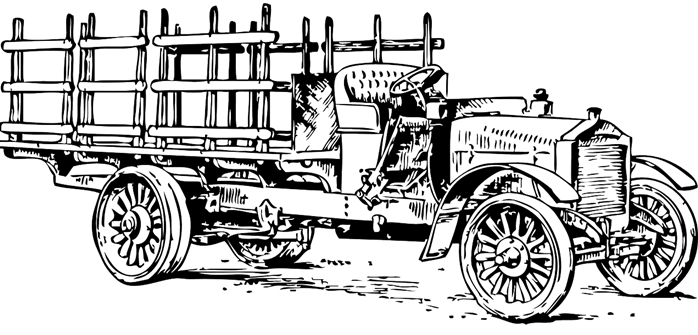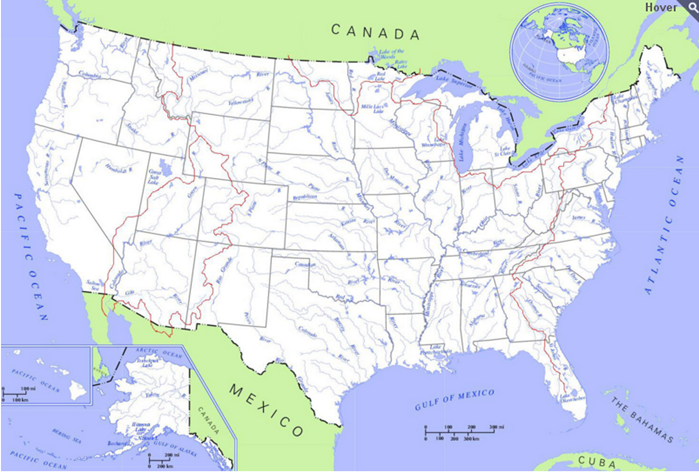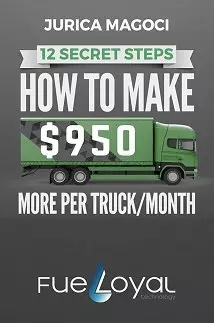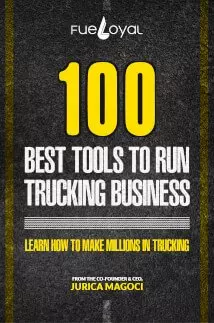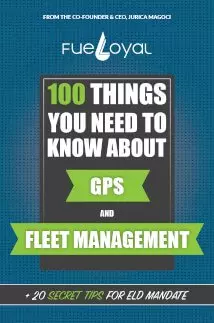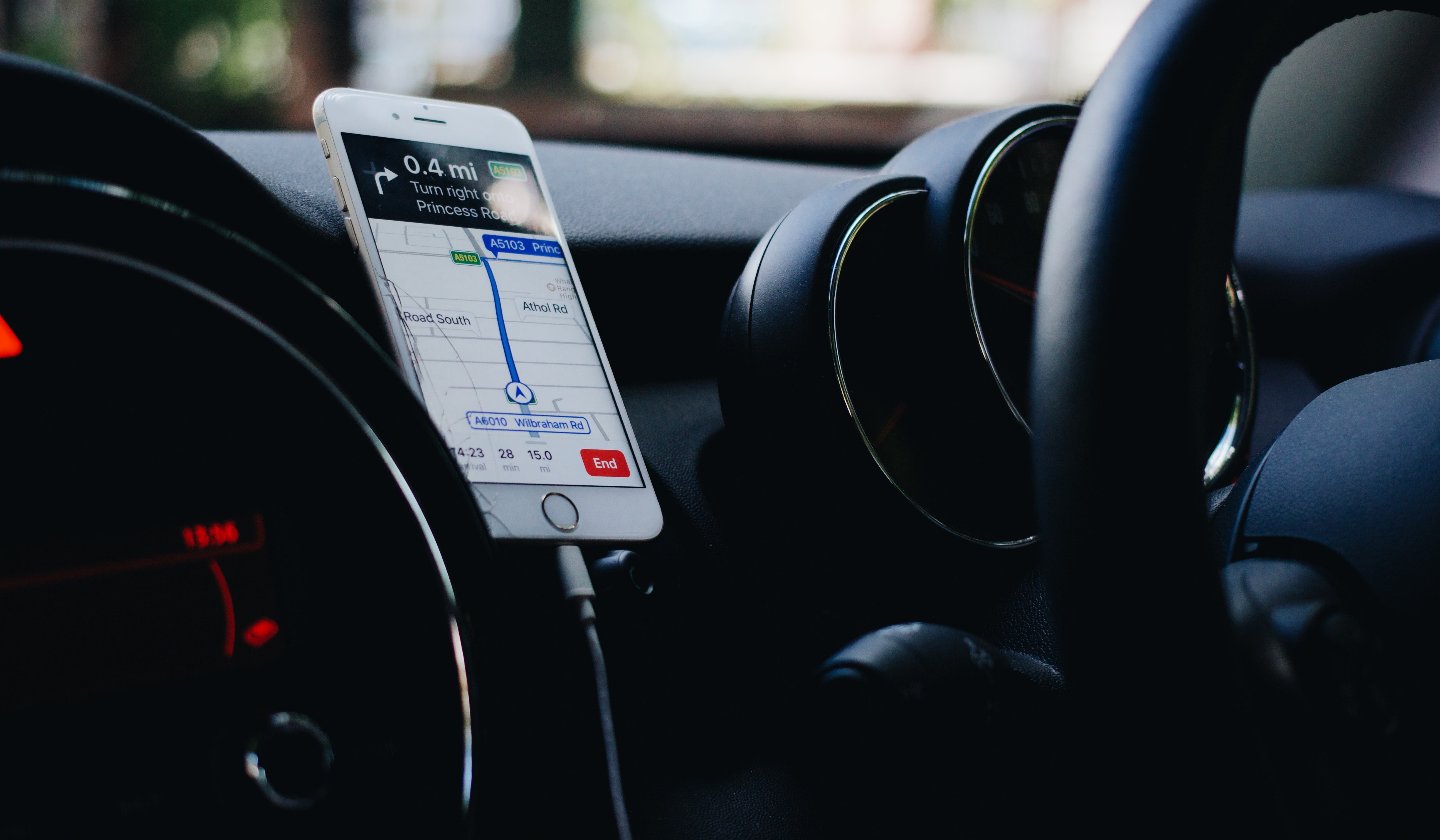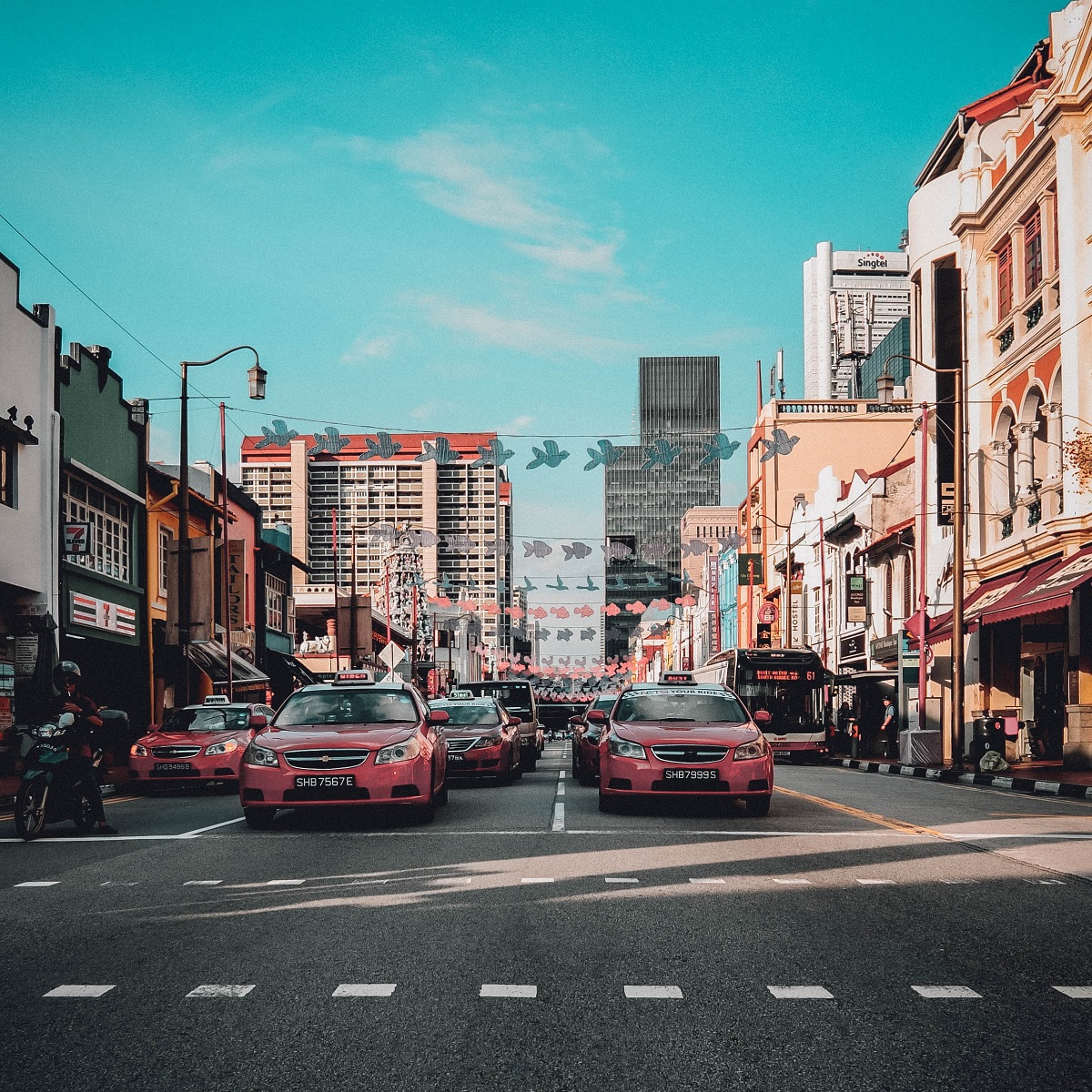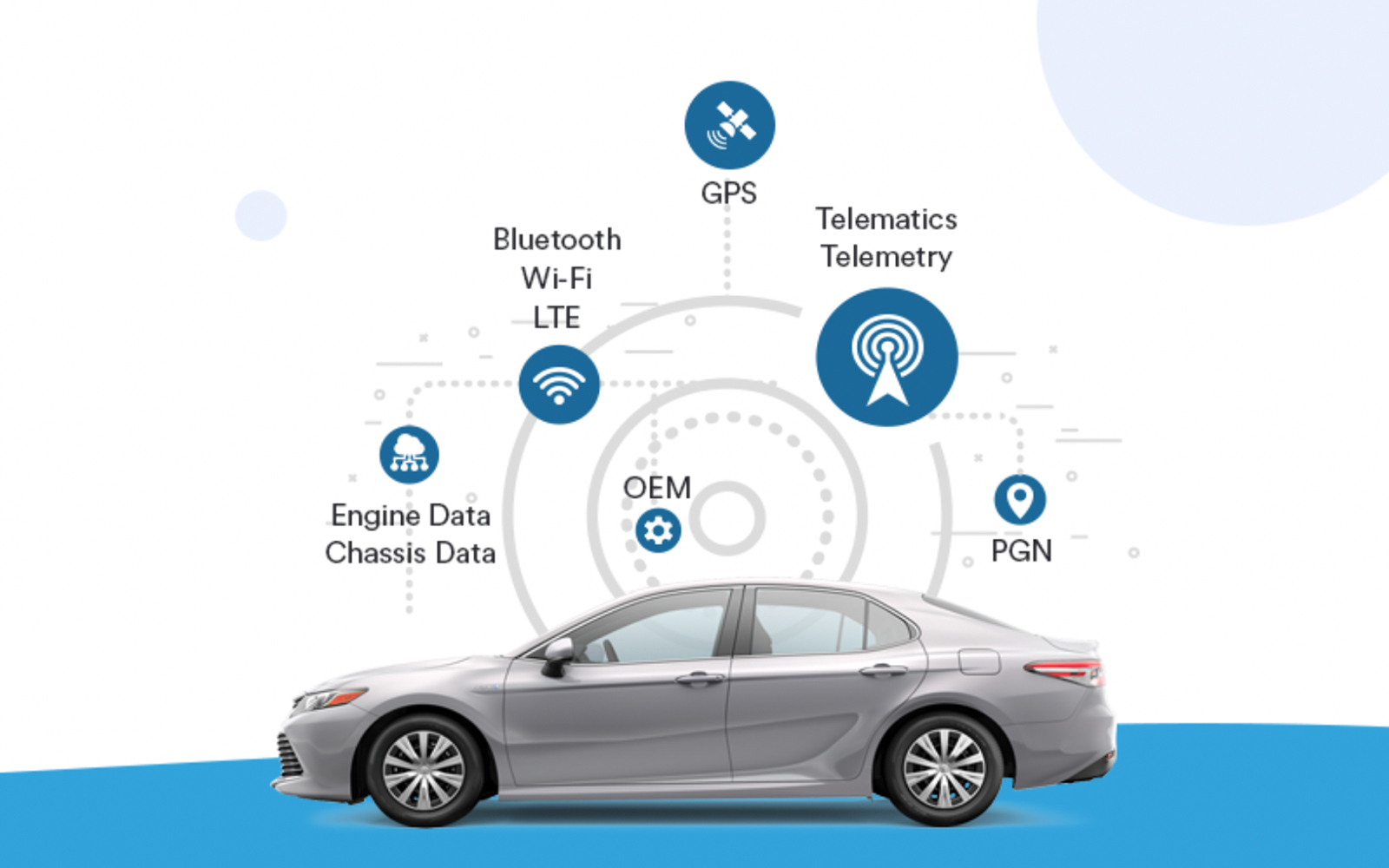Looking at US map, gives you clear picture how the most of the territory is covered by ground.
To live and work on that ground, people always needed all sorts of things, requiring strength and time to get those things delivered on desired locations.
US map with rivers and lakes
You are probably assuming where am I getting with this. Cultural, economical, political and generally every aspect life and development, is more or less related to transportation.
The transportation had it’s own history, from the time when moving freight was done mostly by train and horse-drawn vehicle, up to the point when trucks took over the biggest share in all national freight moving.
I’ve organized this quick overview in periodical segments, mostly the decades, and I’ve concluded with beginning of 2000’s. Maybe it’s because of the perspective, but talking about trucking in last 20 years feels more like data analyzing than romantic history.
At least for me, it’s much more interesting to read and write about trucking industry in 20th century, especially the second half. It could be that those times are generally over pumped, because of the popular culture and everything, but personally I enjoy listening about it.
